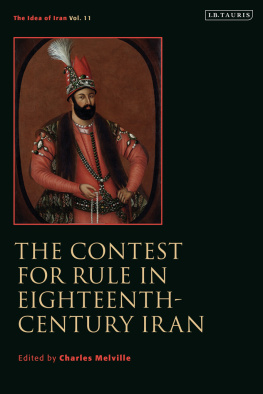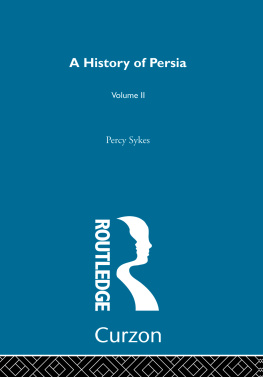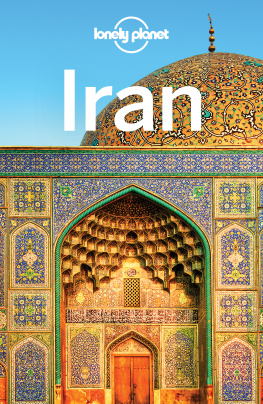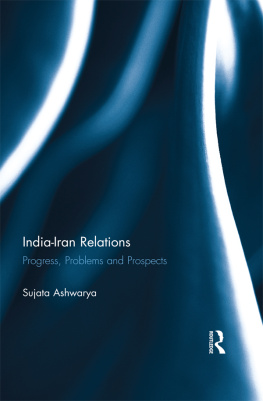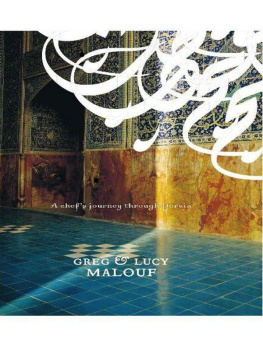First published in 1910
This edition first published in 2011
by Routledge
2 Park Square, Milton Park, Abingdon, Oxon, OX14 4RN
Simultaneously published in the USA and Canada
by Routledge
270 Madison Avenue, New York, NY 10016
Routledge is an imprint of the Taylor & Francis Group, an informa business
1910 Methuen & Co
Printed and bound in Great Britain
All rights reserved. No part of this book may be reprinted or reproduced or utilised in any form or by any electronic, mechanical, or other means, now known or hereafter invented, including photocopying and recording, or in any information storage or retrieval system, without permission in writing from the publishers.
British Library Cataloguing in Publication Data
A catalogue record for this book is available from the British Library
ISBN 13: 978-0-415-57033-6 (Set)
eISBN 13: 978-0-203-83010-9 (Set)
ISBN 13: 978-0-415-60846-6 (Volume 9)
eISBN 13: 978-0-203-83314-8 (Volume 9)
Publisher's Note
The publisher has gone to great lengths to ensure the quality of this reprint but points out that some imperfections in the original copies may be apparent.
Disclaimer
The publisher has made every effort to trace copyright holders and would welcome correspondence from those they have been unable to trace.
PREFACE
T HIS book is the result of two visits to Persia, extending over a period of about three years, during which I had considerable opportunities of travel and of mixing with the inhabitants.
It was written with the idea of giving a popular description of Iran, but at the same time I have striven to be accurate, and where I could not rely on my personal knowledge I gratefully own my obligation to the works of Mr. Benjamin, Professor E. G. Browne, Lord Curzon, Sir C. Markham, Sir W. Muir, Professor W. Jackson, Sir L. Pelly, and Major Sykes among others.
I have been particularly fortunate in having had the benefit of the criticism of Sir Mortimer Durand, formerly H.B.M.s Minister at Tehran, his advice having been most valuable.
Besides this, Major Sykes, Miss Bird, and two Persian gentlemen have supplied useful information; Mr. H. R. Sykes has kindly allowed me to avail myself of his large collection of photographs, and other illustrations are by Mr. Bourke and M. Sevraguine, of Tehran.
I have tried to give a truthful picture of Persia as it is, dwelling chiefly on those aspects which may be of interest to the general reader, and my princpal difficulty has been to compress all that I wanted to say within the limits of a single volume.
If the public finds half as much pleasure in reading my book as I have had in writing it I shall be more than rewarded.
ELLA C. SYKES
CHAPTER I
SOME DESCRIPTION OF PERSIA
T HE Persians call themselves Irani and their land Iran, the word Persia being derived from the province of Fars or Pars, from which the Zoroastrians of Bombay take their name of Parsis.
The country is also known as the Land of the Lion and the Sun, and though the king of beasts has almost died out, yet the symbol of the Zoroastrian deity shines glorious as ever, and on the national Standard the sun is depicted with the face of a woman peering over the back of a lion.
The area of Persia is estimated at 628,000 square miles, that is to say it is more than three times the size of France, and its people number only about nine and a half millions. Therefore it will cause no surprise to hear that Persia has only fifteen inhabitants to a square mile, and that it is possible to travel for days in the country without coming across a village or even a human being. In fact the entire population of this great kingdom is considerably under the joint populations of London Paris and New York.
Persia is bounded on the north by the Caspian Sea and Russia in Asia; on the west by the Turkish Empire; on the east by Afghanistan and British Baluchistan, the Persian Gulf and Arabian Sea washing its southern shores.
Within these boundaries there are enormous differences in the formation of the country and the climate. Cyrus the Great once commented on this fact by remarking that at one end of his kingdom his subjects might be dying of cold, while at the other they were being suffocated by the intense heat.
The centre of Persia is a vast plateau, some 2,000 to 6,000 feet in elevation, separated from the low-lying lands on the Caspian and the Persian Gulf by formidable mountain barriers, in which are many splendid peaks, ranging from 13,000 to 15,000 feet in height.
This table-land is crossed diagonally from northwest to south-east by frequent chains of mountains separating wide plains, and it is possible to drive between these ranges for some hundreds of miles. But if any one wishes to visit the capital Tehran or the holy city Meshed from Europe, he must, soon after leaving the Caspian, cross the Elburz mountains. This mighty chain runs over five hundred miles from west to east, and its highest peak, the extinct volcano Demavend, rises to a height of 20,000 feet.
Moreover, should the traveller wish to penetrate into the country by way of the Persian Gulf, he must negotiate a formidable mountain barrier, and clamber over lofty passes, the kotals between Bushire and Shiraz always being mentioned in terms of well-merited obloquy.
pointed out that, as the edges of this huge plateau are all higher than its interior, hardly any of the rivers or streams find their way to the sea, but lose themselves in marshes, and the writer remembers seeing from the summit of a hill how the Zendeh Rud, the famous river on which Isfahan is built, ended abruptly in a broad, shallow lake on the wide plain below.
In such a country both the temperature and the rainfall vary greatly, and the feverish, moist heat of the regions round the Caspian and Persian Gulf is the exact opposite of the usually fine climate of the Plateau, where the exhilarating air is of such marvellous dryness and purity that objects can be seen at an almost incredible distance. The extremes of heat and cold, however, are very great on these uplands; there are always heavy falls of snow during the winter in the northern provinces, and though the sun may be powerful during the day, yet the thermometer falls to 15 or 20 at night.
In the summer the heat is often intense, and all who can do so migrate to the hills to escape it, the hot, dry winds being very trying. Sun apoplexy is not uncommon at this season, a touch of the sun giving fever to European and native alike, and it is dangerous to indulge in alcohol during the heat of the day.
Violent sandstorms are frequent in the spring in the desert provinces, and hailstorms in which the stones are large as marbles and deal destruction to fruit-trees and crops occur at the same season in the north. To give an idea of the changes of temperature, a traveller in the course of one day's march may leave a frost-bound country and descend into a region of feathery palms, where he will find the atmosphere almost stifling. As to the rainfall, it has been computed that fifty inches fall annually at Resht on the Caspian, in contrast to the five or six inches in central and south-east Persia. The great bulk of the country is scantily watered, the rivers being few and small, and the lakes all salt; therefore most of the cultivation has to be carried on by means of irrigation, the mountain-streams being conveyed to the towns in subterranean aqueducts. Some of these are twenty miles in length, and occasionally are tunnelled at a great depth below the surface, needing constant care to prevent the endless passages getting choked up with earth.






